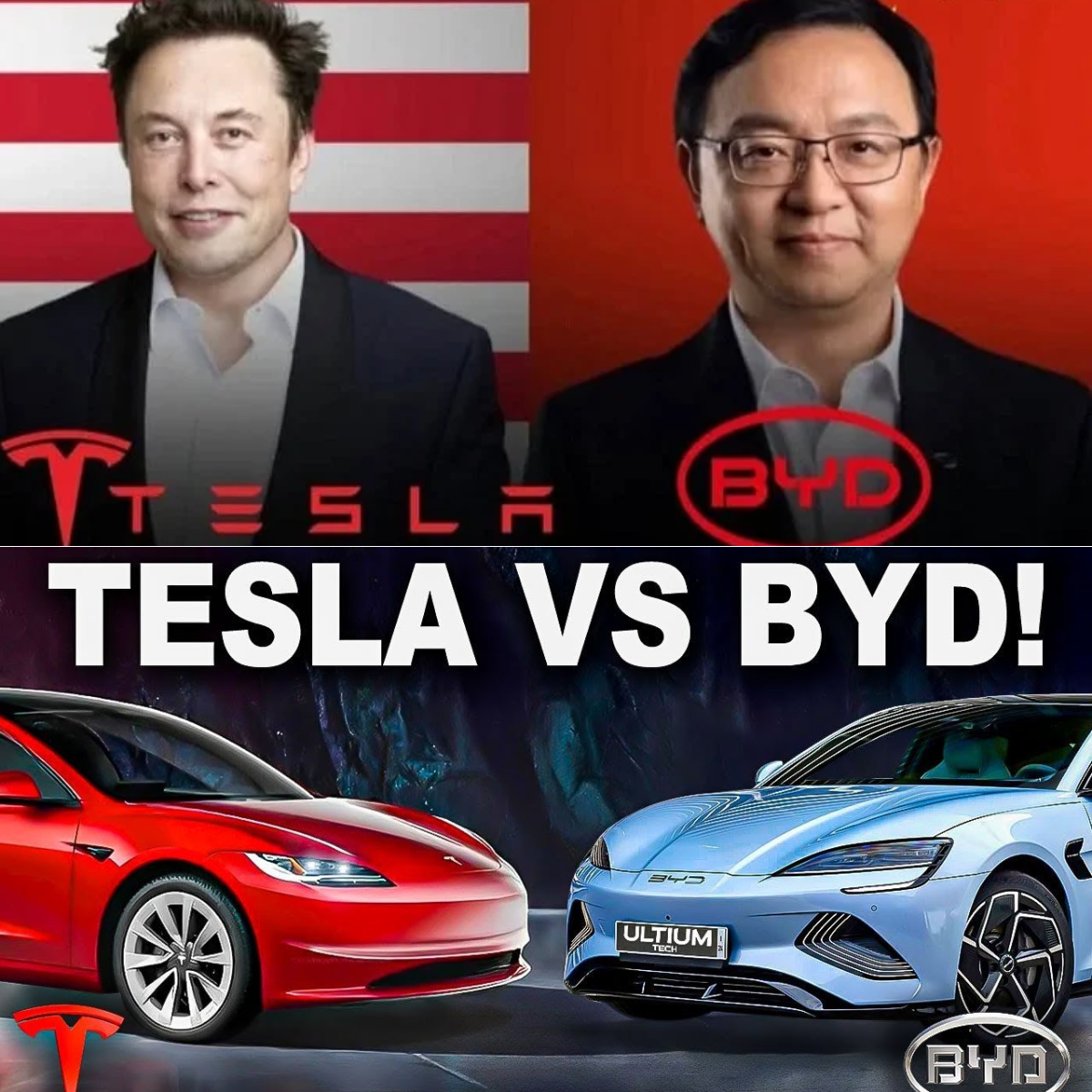
In March 2025, Chinese electric vehicle giant BYD made waves across the global automotive industry with a stunning announcement: it has developed a technology capable of charging an electric vehicle with up to 250 miles of range in just five minutes—nearly matching the time it takes to fill a traditional gas tank. This innovation marks a significant milestone not only for BYD but also for the EV industry at large, pushing the boundaries of what’s possible in clean transportation.
A Technological Leap Forward

BYD’s fast-charging platform, unveiled amid record financial success, signals more than just technological prowess. Days after the announcement, BYD reported $107 billion in annual revenue for 2024, up 29% from the previous year and over 90.5% higher than American EV giant Tesla. The company’s stock has surged more than 40% in 2025, reaching an all-time high.
For the first time in history, BYD produced more fully electric vehicles than Tesla, delivering over 1.7 million EVs in 2024. Including hybrids, BYD has firmly cemented itself among the top 10 largest automakers in the world. The company, once known for low-cost models, now leads innovation in EV battery technology, software, and autonomous features.
Inside the Breakthrough: How Does 5-Minute Charging Work?

According to BYD, the new charging technology enables a vehicle to gain 248 miles of range in just five minutes—a figure that, if true in real-world conditions, would be nearly three times faster than Tesla’s fastest Superchargers. The new platform reportedly supports 1,000kW charging, while Tesla’s Model Y maxes out at 250kW, delivering 169 miles of range in 15 minutes.
However, experts caution that real-world charging speed depends on both the charger’s output and the car’s capacity to accept that energy. While BYD’s lab results are impressive, industry analysts await independent data and field tests.
EV batteries don’t charge linearly. They charge rapidly from 10% to 80%, then slow significantly to protect battery health. Higher power doesn’t always equate to faster full charges. Think of it like cramming too many clothes into a washing machine—beyond a certain point, performance drops or components degrade.
Moreover, building an infrastructure capable of delivering 1,000kW is no small feat. In the U.S., most fast chargers max out at 350kW, and only 22% of chargers reach that level. BYD says it plans to deploy 4,000 megawatt chargers in China, but it remains unclear how or when such infrastructure will roll out globally.
BYD: From Underdog to Global Threat

What makes BYD truly formidable is its vertical integration and massive engineering force. With 800,000 employees, including over 100,000 engineers, BYD isn’t just iterating—it’s reinventing. From lithium iron phosphate (LFP) battery tech to full-stack driver assistance systems, BYD has scaled innovation rapidly and affordably.
It now offers EVs ranging from $10,000 to over $230,000, serving both everyday drivers and premium consumers. This breadth, coupled with consistent quality improvements, explains why Western automakers are scrambling to compete.
A Brutal EV War – and China Is Winning

Tesla’s struggles in China, including a decline in Q1 2025 deliveries to just over 336,000 units, mirror a broader trend: China’s EV dominance. The Chinese market has been in a fierce price war since early 2023, triggered by Tesla’s own price cuts. Many EV startups have gone bankrupt, been acquired, or exited the market.
The result? Chinese brands, especially BYD, are turning their sights abroad—exporting to Europe, Southeast Asia, and even Latin America. This has sparked alarm in the U.S. and EU. America has responded with 100% tariffs on Chinese EVs. President Trump, who returned to office in 2024, has proposed even higher tariffs on Chinese cars and parts.
Innovation at Breakneck Speed

BYD’s 5-minute charging is just the tip of the iceberg. The company holds over 25,000 patents and regularly introduces new models and technologies in mere weeks—a pace that leaves Western rivals in the dust.
Ford CEO Jim Farley even began daily-driving a Xiaomi SU7 to study Chinese EVs firsthand. Many believe we’ll soon see BYD factories in the U.S., possibly under different brand names to avoid political backlash.
Is the World Ready?
While BYD hasn’t disclosed pricing for its ultra-fast charging platform, experts believe it will start as a premium feature, targeting time-sensitive travelers and commercial fleets. But as production scales, costs could drop—aligning with BYD’s long-term vision of making high-tech, low-cost EVs accessible to all.
Still, there are key questions: Can global infrastructure catch up? Will battery longevity suffer under extreme charging conditions? And will consumers pay a premium for speed?
BYD isn’t just challenging Tesla—it’s rewriting the EV rulebook. Whether the five-minute charge becomes the new normal or remains a high-end feature, one fact is clear: China’s EV makers are now leading in price, scale, and innovation.
The race isn’t over—but BYD just lapped the field.





